Harris, Reed & Seiferth
|
Attracting birds
There are so many different kinds of feeders to choose from, each attracting different kinds of birds. Some birds prefer to perch on a small dowel while others prefer to eat right from the ground. Redpolls, nuthatches, woodpeckers and chickadees tend to prefer tube feeders. Jays, finches, sparrows and crossbills like to sit on trays. When you purchase a feeder, don't just think about the style that would look nice in your yard also think about the feeder style that the birds would prefer. Consider different kinds of food options for the birds. Many people resort to the popular seed mix that usually sells in a large quantity. Seed mix attracts cardinals, jays, nuthatches, chickadees, flickers and white-crowned sparrows. The mixed seed is inexpensive and readily available. But if you watch birds that flock to eat it, you'll see that they intentionally eat the tasty seeds and kick out the artificially flavored seeds from the mix. The seeds they like best are the sunflower seeds. Try a black-oil type sunflower seed to see a variety of birds that will keep coming back for more. Many birds including sparrows, finches and chickadees favor a beef fat called suet which provides birds with a concentrated source of energy. Suet mixed with peanut butter is a favorite meal for woodpeckers, cardinals, goldfinches, jays, bluebirds, thrushes, and wrens. The winter months are the best time to offer suet so the fat stays cool. Genuine suet will melt and rot leaving a horrendous smell if it's warm. Although you can cook up your own suet, it is best to use an artificial suet made especially for birds. Artificial suet provides the same nutrients but can be used any time of the year. If you want a specific kind of bird at your feeder make sure to buy the food it will like best. Mourning doves and song sparrows love canary seed. All small finches will devour niger or thistle seed. Look into the varieties of seed available and consider other feeding options as well. Many birds like to eat the foods we do. Jays, chickadees, woodpeckers and nuthatches like peanut hearts. Orioles love grape jelly and orange halves. Try foods like popped popcorn, pieces of melon or other fruit, cereal and cooked oatmeal to see what kinds of birds will come. If birds aren't coming to your feeder:
Although the same birds might visit a feeder regularly, they do not completely depend on your food for a primary source of energy. Birds get most of their nutrition from eating things like insects, worms and berries. Rather than a feeder, consider planting a tree or shrub that will give a food source to the birds and enhance your landscaping. Birds like to eat from trees such as red cedar, juniper, hawthorn, crab apple, dogwood, hackberry, and sweet gum. Plumb bushes, holly, honeysuckle, currants, barberry, chokeberry, elderberry are favorite plants as well. Check with a gardening store or soil conservation district to see what kinds of native plants will thrive best in your yard. Water Providing a water source is a sure way to attract all species of birds. Whether it's a built-in pond or a simple birdbath, water offers a fresh place for the bird to bathe and drink as opposed to polluted run-off rain and snow. Beginning in autumn to mid-winter, natural sources of food start to dwindle making a feeder and bath most attractive at this time of year. Birds need water most during the winter season when it is in short supply and when they need to warm themselves by bathing. In the winter a heated birdbath offers a warming station and energy source which will quickly be adopted. Location and time
Source: https://www.foremost.com/learning-center/bird-feeders.asp
0 Comments
make, the extra time it will take to put the meal together, how the crackers can't touch the dip display, and the fact there may be a finger poke or two in the brownies by the time they're served to our guests.
For this reason, you should always be prepared and remember these Flood driving safety tips:
Again, you should always refrain from driving on flooded roadways. Although it's not the first thing that comes to mind when most people think about flooding, driving on flooded roads could cause life-threatening injuries. Looking for Auto Insurance? Your safety while you are driving is important to us. Take a look at quoting an Auto Insurance policy with us. You will get peace of mind knowing your auto insurance policy is backed by experts that will get you on the road quickly and fairly in the event of a loss.
(with drinking water, non-perishable food, first-aid materials, blankets, a battery-powered radio, a flashlight and extra batteries) and your family and immediately move to higher ground. Don't wait for evacuation instructions during a flash flood. If a flood is likely but hasn't yet occurred If you have time before a flood affects your home and a flash flood isn't a threat, you should activate your flood plan. Start with moving your valuables to upper floors and securing your outdoor belongings. Turn off utilities at the main valves. Disconnect any electrical appliances, but not if you are wet or standing in water. Listen to the television or radio and follow any instructions. You should be ready to evacuate. Close and lock your doors and windows. Have your emergency kit handy, as well as you car keys, a charged cell phone, credit cards and insurance information. During an evacuation Once you leave your house, make sure you are aware of the dangers you could encounter while trying to get to higher ground. Here are some rules:
Note that while you can purchase flood insurance at any time, there is a 30-day waiting period for coverage through the NFIP after you've applied and paid the premium before your policy is effective. However, we have several different options that will provide coverage with just a 10-day waiting period, or even immediately with a flood endorsement!
Source: https://www.foremost.com/learning-center/during-a-flood.asp
wind or hail damage or improper installation of vents, flues, chimneys, air conditioners, evaporative coolers or condensers can all result in roof leaks. Regular inspections and maintenance can prevent problems before they begin. Inspect your roof for punctures, cracks or breaks. Clean any you find and apply a compatible patching compound or sealant. Each year, clean and inspect rain gutters, downspouts and extensions for leaks or holes. All types of manufactured home roofs should be checked once a year – whether shingled, metal, vinyl or fiberglass.
To avoid damage to the seals and seams of your roof, keep your weight directly on the rafters. If you have a bowstring or low-pitch rafter, place a plywood sheet across the rafter so you can distribute your weight evenly. While on the roof remove dirt, leaves, branches and any other debris on your roof or gutter – especially any item that may cause a roof puncture. Seal metal roofs with a good commercial manufactured home roof coating at least every other year – more often in some climates. Apply roof coating around all vents and seams and use coating along the drip edge of the roof. Make sure to cover all exposed screw heads, fasteners and other areas susceptible to leaking. Don't forget to inspect and seal the roof around vents and chimneys. Look for and repair loose, damaged or missing shingles, missing or damaged vent caps, raised nail heads and anything else that's in disrepair or could cause damage. Outside walls, doors and windows Inspect outside walls, doors and windows each spring and fall for unusual wear or tear. Water and moisture can penetrate these common areas if they're not maintained regularly. Repair or replace caulk, weather stripping, glazing, window seals, door seals or any other exterior area damaged by use, abuse or normal weathering. Examine your exterior siding and replace any missing or damaged fasteners or screws. Repair or replace punctured siding. Remember to look under your home for sagging, torn or water-spotted bottom barrier. This can indicate poor or damaged insulation, which may cause water lines to freeze and break. These symptoms also can indicate an existing leak. Check your home's pneumatic storm door closer and safety chain. If these are loose or not working properly the storm door may blow open. That lets water in and can cause additional damage. Inspect exterior doors, especially wooden ones, for wear and tear and cracking. Also check weather stripping and seals as well as the sill and the threshold for signs of leaking or other damage. Inspect the putty or caulking around metal windows. Clean and remove cracked or dried-out material and replace it with an upgraded sealant or caulk. Eliminate excess moisture Today's well-built, well-insulated homes can trap excess moisture and condensation inside, especially if you have inadequate ventilation. This unwanted moisture shows up as: musty odors, rusty stains around light fixtures, damp, sticky floors, mildew along the ceiling, wall and baseboard edges, dripping pipes, condensation on windows and cold surfaces, and mold and mildew growth. Good preventive maintenance can help eliminate many moisture problems. Keep inside air circulating with vents and fans to avoid condensation. Use exhaust fans in the bathroom when showering. It's a good idea to have an exhaust fan installed in your laundry area and use it when doing laundry. Also, make sure your dryer is vented to the outside. Fix leaky faucets and dripping toilets. In cold climates, water flowing down the drain under the home may freeze, causing water to back up through the drain lines and into your home. Invest in a good portable dehumidifier with a humidity control. Choose one that shuts off automatically when the collector pan is full. Use storm windows to help conserve energy and keep condensation from forming on windows. An added benefit – they help reduce heat loss. Be sure the skirting around the base of your home is well ventilated and allows air to circulate freely, to help eliminate unwanted moisture being drawn into the sub-flooring of your manufactured home. Inside your home Obviously a dripping pipe can cause water damage inside your home. To find problems before they cause damage here are some tips: Listen for any unusual hissing sounds. This can be a pinhole leak in a water line within the floor or wall. Periodically check hard-to-reach, seldom seen spaces around the water heater, under sinks and behind clothes washers. Check the ice maker lines and filters for your refrigerator, too. Look for discolored floor coverings or sub floors – usually a sign of a leak. Water stains and wetness are often caused by loose or damaged plumbing fixtures or fittings. Moisture at the base of a toilet may indicate a deteriorated wax ring, which is easily replaced. If you discover interior water damage correct the problem immediately. If you can't make the repair yourself, hire a qualified repair person. If your water supply has over 80 pounds of pressure, consider having your repair person install a pressure regulator to help avoid high water pressures that may cause a line rupture or leak. Emergency tips If you discover a build-up of water on the floor, find standing water in your home or experience severe, sudden and accidental water damage, take steps to begin ventilating and drying out your home immediately. Here are some precautions to start with until help arrives:
Stay safe while you clean up. Don't use your household vacuum to remove water. Don't use appliances while standing on wet carpets or floors. Don't leave wet fabrics in place. Dry them quickly. Prop up wet upholstered cushions for even drying.
you'd like. Things to consider are the window's location, whether you want a smaller or larger replacement, and the way the original window was mounted on your home. Don't assume that you must replace your old window with an exact duplicate. Many new energy-efficient windows, in a variety of styles, are made for manufactured homes.
Before you go shopping, determine the size of your existing window and check if the window is flush-mounted or mounted for lap siding. A flush-mounted window frame screws on over the siding. If the window has a lap-siding mount, the siding covers the window frame screws. Your new window should have the same type of mount as your current window, for appearance and ease of installation. Before you order a new window, you may want to remove your old window and check that the opening is square. To do that, remove your window, and measure the opening diagonals corner to corner or use a framing square to measure the opening. If the window opening is slightly off-square, you can use shims to fit in a new window. If the opening is significantly off-square, you can reduce the window opening by roughing a new, square frame for a smaller window or you can enlarge the opening for a larger window. It's usually easier to reduce the opening and install a smaller window. If you are replacing a bedroom window, and it's the only exit from the bedroom to the outside, you probably won't be able to make the opening smaller. Bedroom windows that serve as egress windows in case of fire must meet minimum code requirements. To replace your window, you'll need screws, putty tape, silicone sealant, and a screwdriver and/or replaceable drill with screwhead bits. When you purchase your new window, check with the window supplier about any special tools or screwhead bits you'll need.
Summer is slowly making it's way here and before you get out on the open road, make sure you have the correct coverage for your RV:
"It's a good idea to consider specialized coverage for your recreational vehicle (RV)," says Foremost Insurance Group Senior Product Manager Randy Sellhorn. "It functions as a motorized vehicle some of the time and a home some of the time—having coverage for both of these purposes typically doesn't come from just an auto policy or a home policy." Here are top questions Sellhorn suggests you ask your agent or broker when you are deciding what coverage to purchase for your RV.
|
Categories
All
Archives
May 2024
|
Social MediaContact UsNavigation |
|
Website by InsuranceSplash
Privacy Policy | Terms of Use
© 2025 by HARRIS, REED & SEIFERTH INSURANCE GROUP, INC. All rights reserved.
© 2025 by HARRIS, REED & SEIFERTH INSURANCE GROUP, INC. All rights reserved.

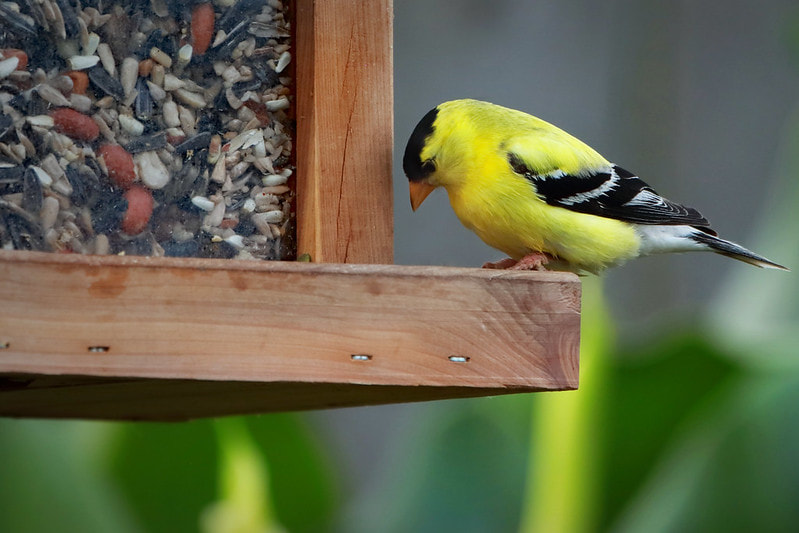

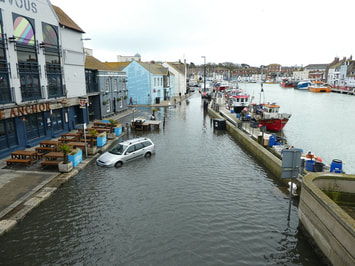
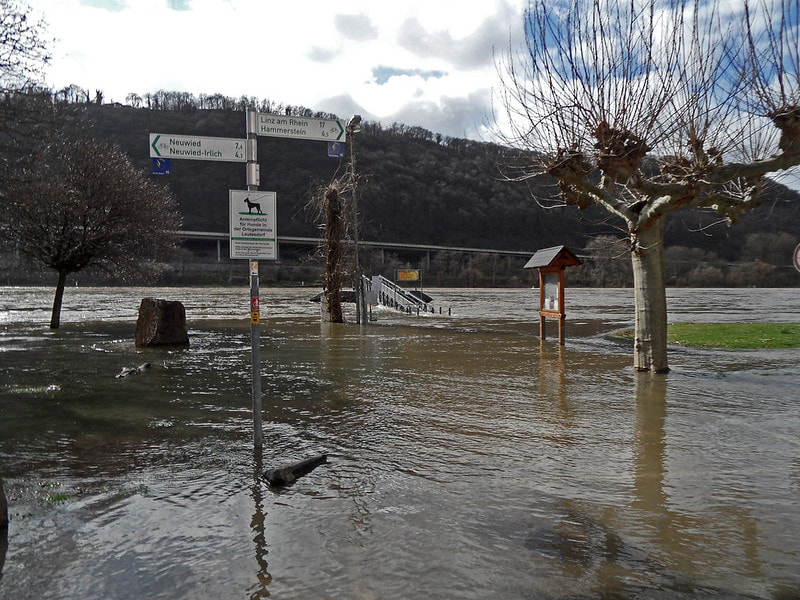
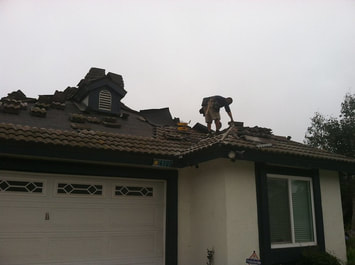

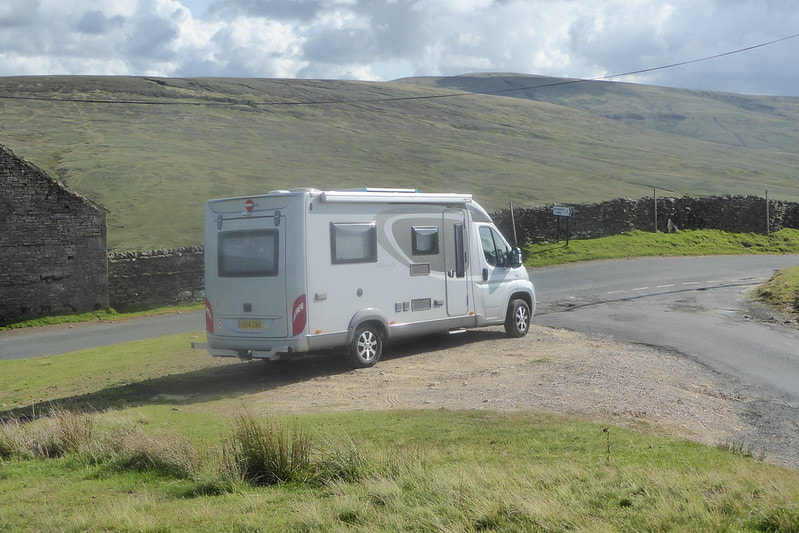
 RSS Feed
RSS Feed